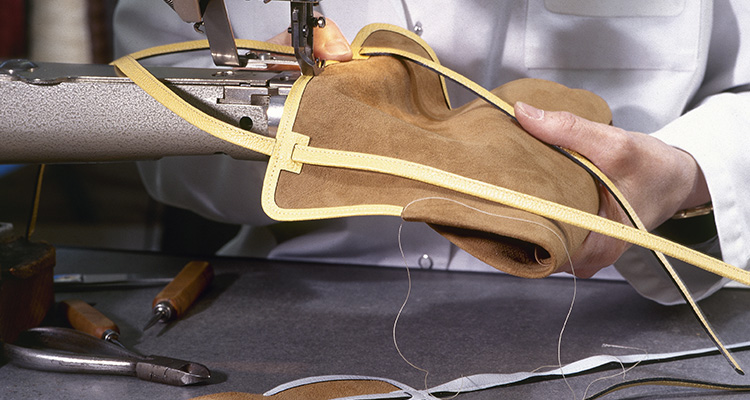In sewing, there is always a starting and ending point to your stitches when you sew. To prevent those ends from undoing and widening out of shape, you need to secure them with a backstitch, lock stitch, or overlock machine using locking sewing thread.
How to Sew a Back Stitch
Backstitching is done by sewing back and forward at the beginning/end of that joint, on top of the seam stitches, to prevent the stitching from coming undone or widening out.
If you are sewing with a very fine or light fabric you won’t like how backstitching leaves a big knot of thread that can show through the light fabric or change the way the fabric drapes or hangs making the fabric not relax while looking tacky and unprofessional. In this case, use a lock stitch instead to avoid such.
Alternatively, it is best to sew off the material, leaving a long tail of thread, and then tie the thread by hand. This method is good when you are sewing darts because you don’t backstitch darts to avoid lumps or causing the fabric to tear.
Every model of a sewing machine is slightly different but the applications are the same. An industrial sewing machine or ancient sewing machine may not offer the option of sewing in reverse. In this case, you can leave the needle down and change the direction of the fabric to obtain the same result.
Read Now: The insider’s guide to high tenacity filament sewing thread
How to Sew a Lock Stitch
A built-in lock stitch feature on a sewing machine sews a certain number of stitches and then stops sewing. This option is available on many newer electronic sewing machines. Quilters use this feature to secure quilting stitches without having an unsightly back stitch visible on their quilts. A lock stitch is also used on sheer fabric and fabric that tends to have a large amount of sweeping drape.
On a sewing machine that has a built-in lock stitch feature. The lock stitch feature sews the same single stitch backwards and forwards without repeated stitches.
How to Sew an Overlock Stitch
Sewing with an overlock machine is totally different from sewing with a straight sewing machine.
Overlock thread is used in locking sewing thread during the processing of cloth production. Using locking sewing thread, the key purpose is to keep the cutting piece of the yarn clean and beautiful, as well as secure the cloth against loosening.
When locking sewing thread use Overlock thread which is not too high in strength and they are of even tenacity. Again, they are made of polyester net-thread without combination.
Comparing it with other sewing threads, Overlock threads have a lower strength unlike sewing threads made of spun polyester with a combination.
Finally, there are options to use in locking sewing thread, using overlock sewing machines to finish the edge of cloth while preventing it from fraying or backstitching which leaves a big knot on the fabric
Most times using Overlock threads for locking sewing thread is better to use the color of the fabric.
Overlock threads are available in many colors. However, black and white are the most common reasons why you see most clothes locking sewing thread are usually in black or white, making it a universal color for locking sewing thread.


